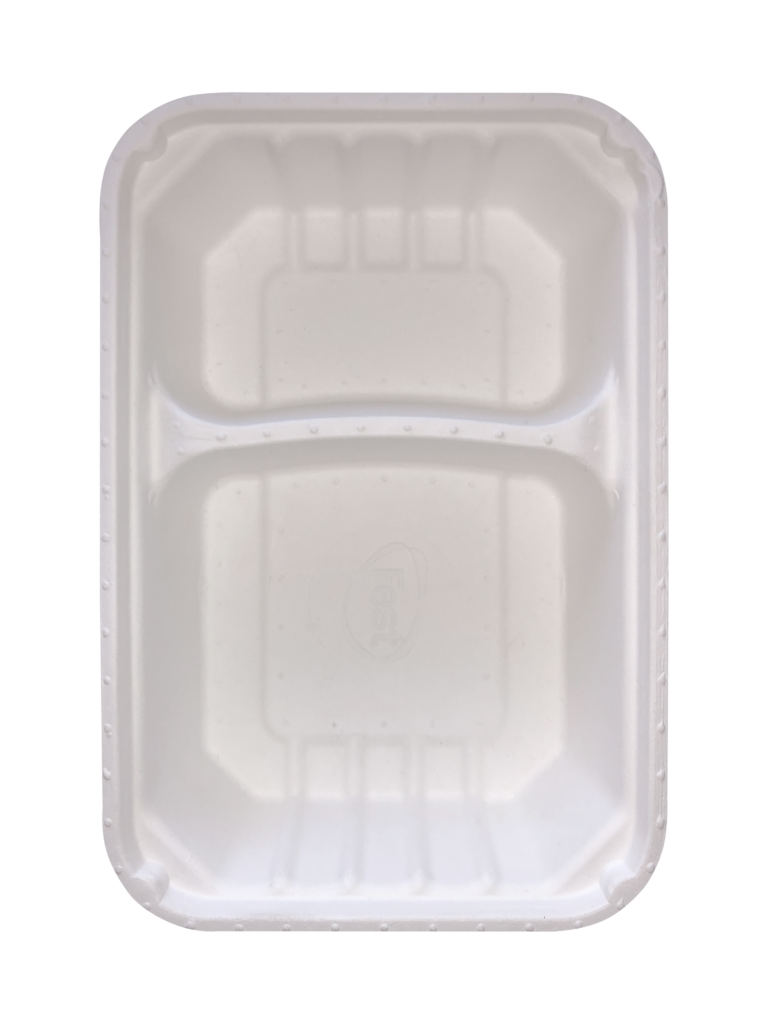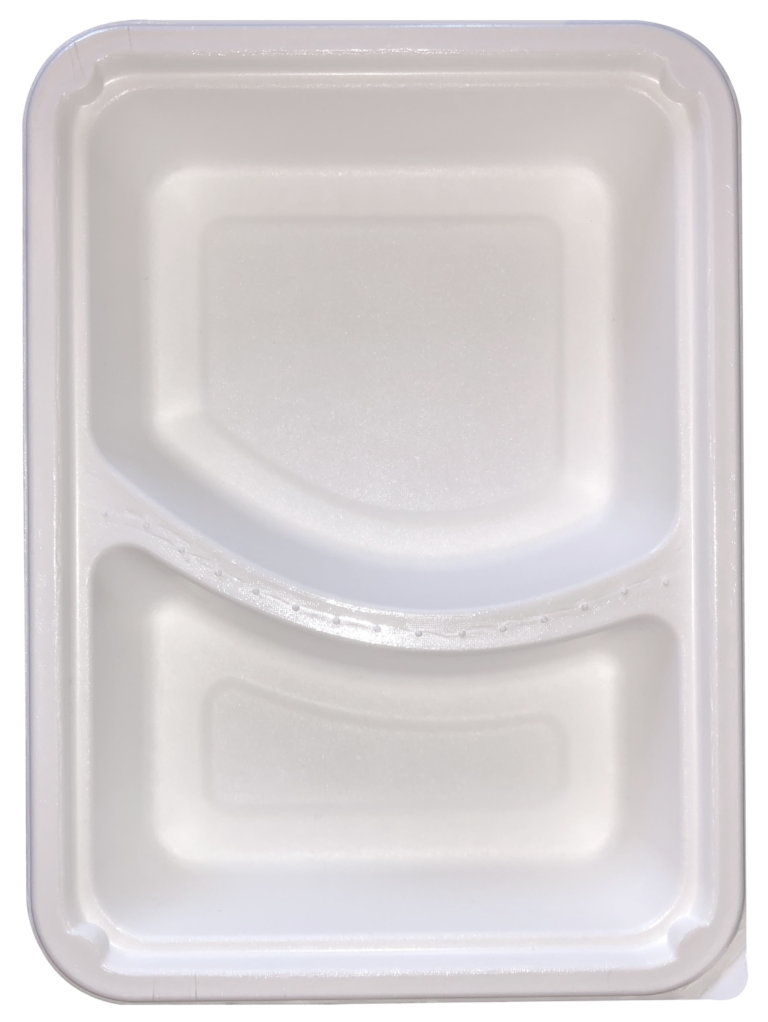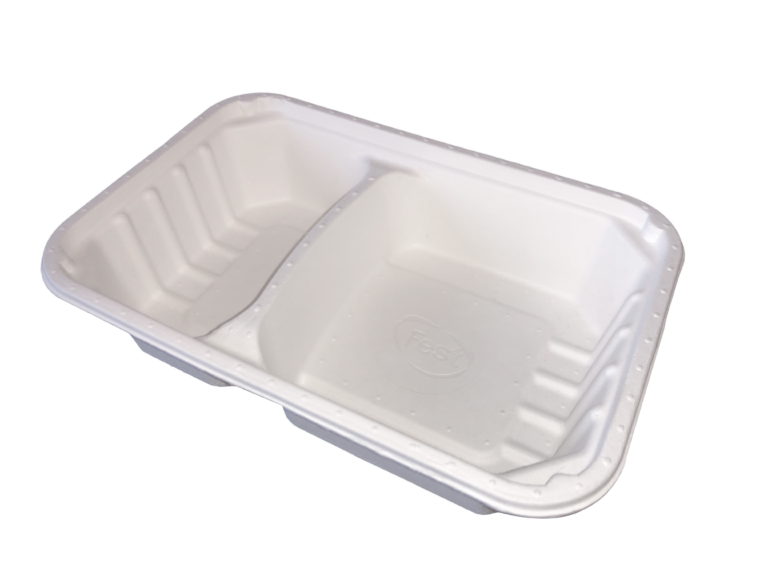“Overflowing waste” is a big problem that people around the world inevitably facing. One of the main reasons come from packaging or single-use food containers. Essentially, these packagings are produced by plastic materials that have good product protection. On the other hand, these plastics have a major impact on the environment because it takes up to hundreds of years to decompose and becomes a contaminant in the environment as a Micro Plastic. It is a tiny particle that naturally disperses both on land and in the sea. With these factors, entrepreneurs are looking at solutions like Eco Packaging as a replacement to help reduce the amount of waste that may increase in the future.
What's eco packaging?
Eco packaging is a product packaging that has developed with a concept of environmental considerations in mind. It has to be more friendly to nature by choosing materials that can be decomposed naturally or can be reused through a recycling process. The highlight of environmentally friendly packaging is to protect the products inside as traditional plastic materials and can also be heated in the microwave without plastic contamination.
Eco Packaging Materials
Materials for the production of eco packaging, also known as Eco-Material, can be divided into 3 types as follows.
1.Bio-Based
Bio-Based is a 100% natural material from plants that are durable, such as cassava, sugar cane, corn, etc. It is an excellent raw material that can be processed into bioplastic and degraded naturally without damaging the environment. At present, there are four types of Bio-grade subdivisions:
- Bio-PET is made from sugar-producing plants such as sugar cane, beetroot, and molasses. It is suitable for lightweight containers such as water bottles.
- PS (Starch-based) is produced from starchy crops such as corn and potatoes.
- PHA (Polyhydroxyalkanoates) is produced from plants used to produce sugars and fats, such as sugar cane, olives, and soybeans.
- PLA (Polylactic acid) is produced from corn, sugar cane, and cassava.
2.Fiber-Based
Fiber-Based is a material made from natural fibers, such as paper and materials from agricultural plants, such as rice straw, bamboo, and bagasse can be used to produce packaging like paper cups, and paper bowls.
3.Biomass
Biomass is the raw material that comes from waste. It comes from the production process of the agro-industry which can be further developed in both eco packaging and creating alternative energy, such as palm meal, cassava meal, corn cob, etc.



